No more hassle! Learn 5 tricks to easily peel eggs.
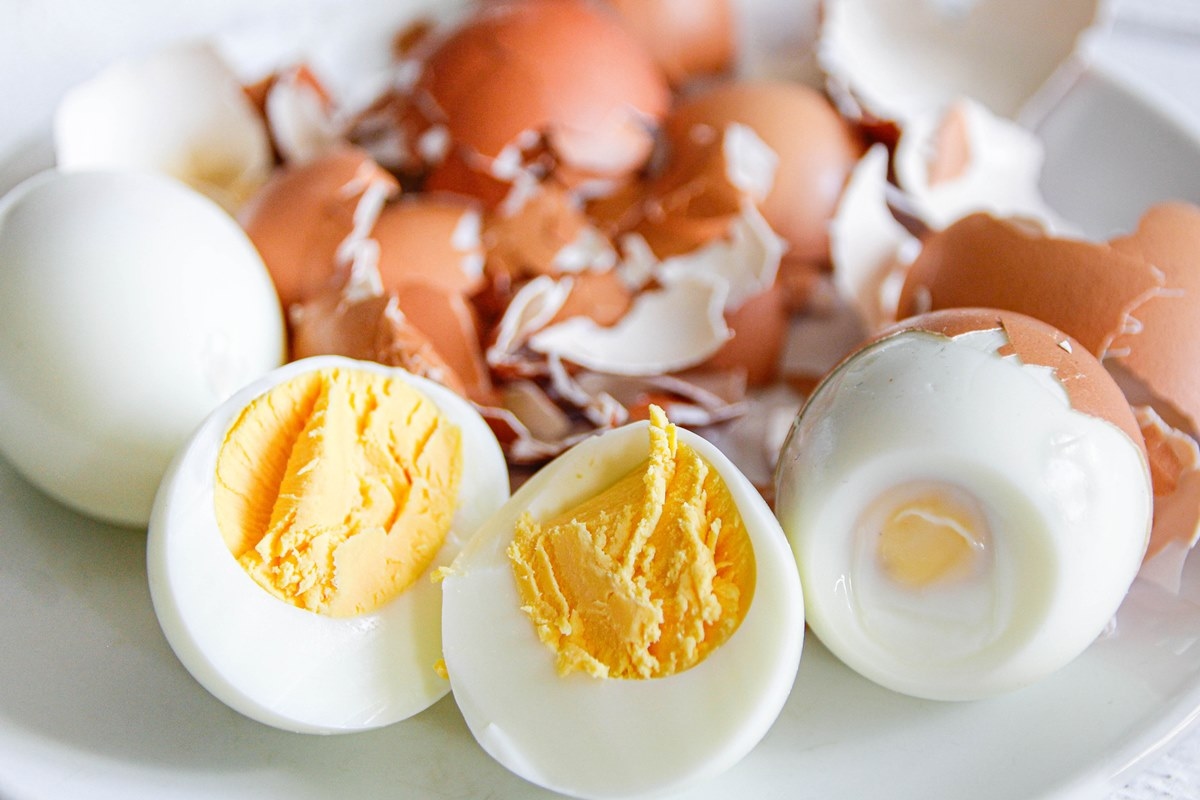
Cooking eggs is easy, but peeling them can be a challenge. Who hasn't tried peeling the shell and ended up "bruising" the egg? With that in mind, chef Gabriel Bla's shares practical methods to solve this problem and avoid choking when preparing food.
Check out five tricks below for easy egg peeling, following chef Gabriel Bla's step-by-step guide:
Baking soda and waterAccording to the expert, adding baking soda to the water is very effective. "The baking soda raises the water's pH, which makes the egg white less 'sticky' to the membrane and makes it easier to separate from the shell. The shell comes off almost intact."
- Place the eggs in the pan and cover with cold water (or place them in already cold water).
- Add 1 teaspoon of baking soda for every liter of water.
- Bring to a boil. Once boiling, cook for 9–12 minutes (depending on desired doneness).
- Remove immediately and plunge into an ice bath for 5–10 minutes.
- Lightly tap the bark all around, roll to create micro cracks and pull the bark (it should come off easily).
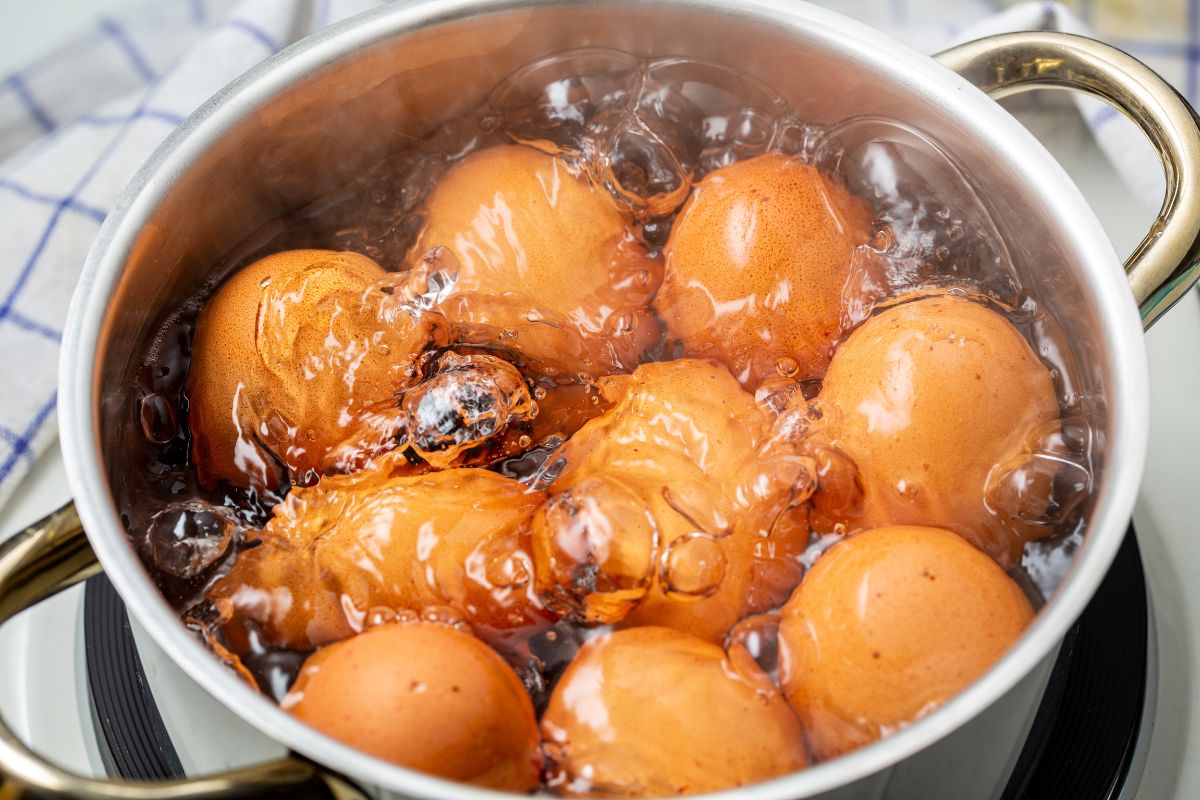
"Pressure/steam cooking cooks evenly, and the thermal shock with the ice separates the membrane from the white. Many people report that the shell 'falls off' on its own. It's worth using an electric cooker, like the Instant Pot," says Gabriel Bla's.
- Place 1 cup of water in the bottom of the Instant Pot.
- Place the eggs in a steamer basket.
- Pressure cook for 5–6 minutes.
- Transfer to an ice bath for 5–10 minutes.
- The peels come off very easily. It's excellent for large quantities.
The chef notes that steam cooks the white evenly and is less aggressive than boiling. In this case, the membrane separates better. It's recommended for very fresh eggs.
- Place water in the bottom of the pan (do not submerge the eggs).
- Use a steamer basket or colander inside the pot.
- When the steam is strong, add the eggs and cover.
- Cook 20–22 minutes (for firm cooking).
- Remove and shock in an ice bath for 5–10 minutes.
- Beat and roll lightly. The shell and membrane tend to come off easily.
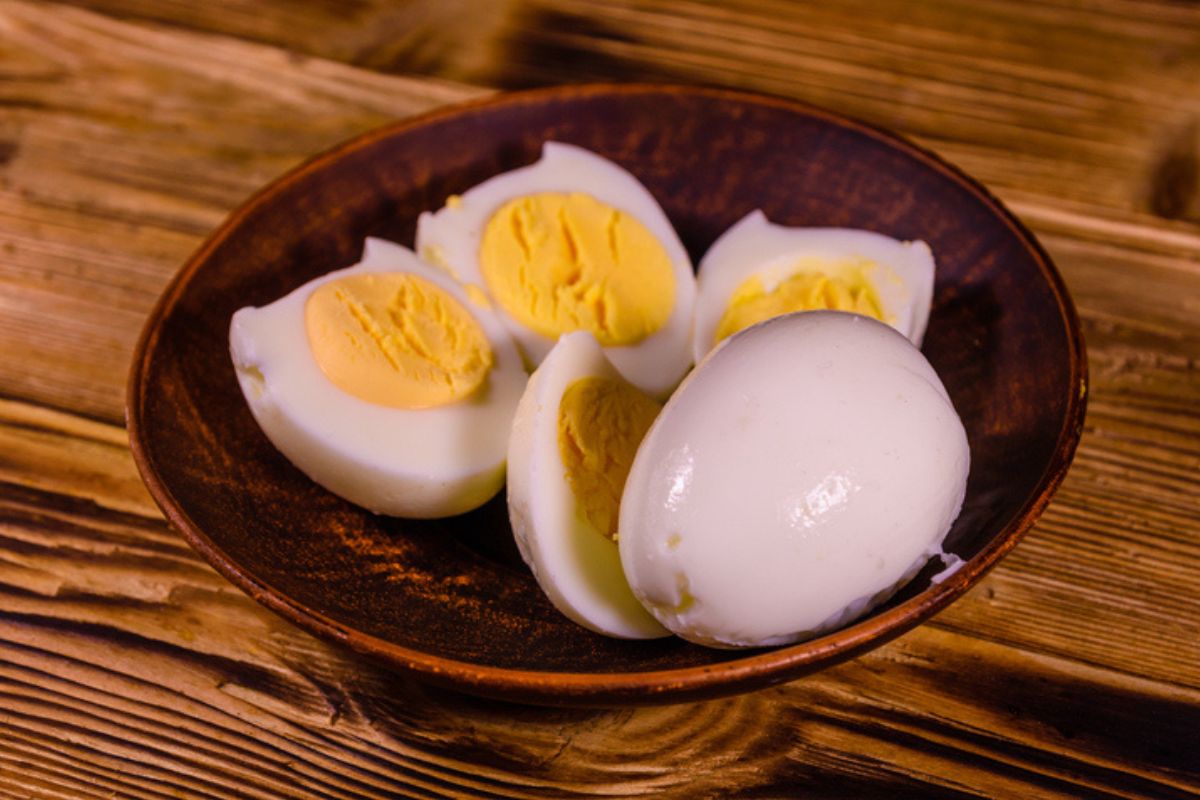
It's a technique that went viral on social media, according to Gabriel Bla's. Although many people and journalistic tests confirm that it works, its effectiveness varies.
"The method involves shaking the egg in a glass of cold water. The water gets into the cracks between the shell and white, and the shaking separates the shell. It's quick for a few eggs," says the expert.
- After the ice bath, place 1 egg at a time in a small cup of cold water (cover).
- Cover and shake vigorously for 10–15 seconds.
- The peel usually comes whole or in large pieces. Rinse and peel.
According to Chef Gabriel, the vinegar begins to dissolve some of the calcium in the shell on the surface, making it more fragile and making it easier to separate. Combined with thermal shock and an ice bath, it produces excellent results, even with very fresh eggs.
Some people report a slight foaming of the water, but the taste is not affected. A light combination of vinegar and baking soda can also be used.
- Pour water to cover the eggs and add 1–2 tablespoons of white vinegar per liter of water.
- Cook as usual (or use steam/pressure).
- Place in an ice bath and remove the peel as normal.
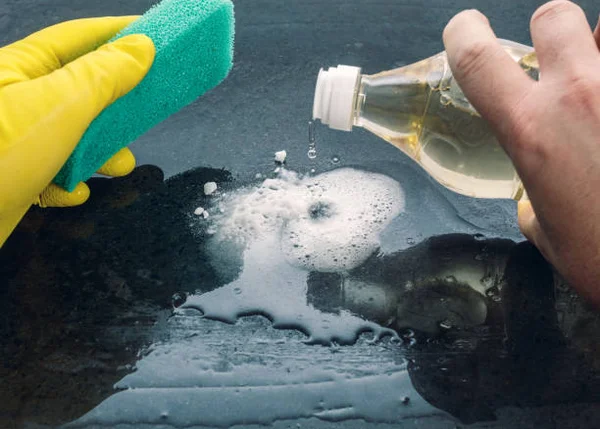
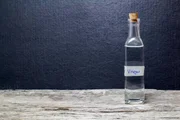
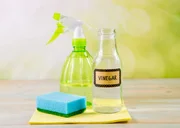
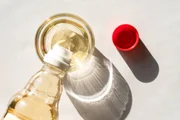
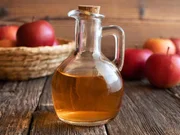


There are several myths about the use of vinegar
Reproduction/ Pexels
One of them is that it can be used to wash vegetables.
Reproduction/ Pexels
Or even be used in cleaning to remove mold
Reproduction/ Pexels
It is also a myth that vinegar disinfects food.
Reproduction/ Pexels
Another lie about the liquid is that it can be used in place of fabric softener.
Reproduction/ Pexels- An ice bath is a must: it cools and contracts the egg white, separating it from the membrane. 5 to 15 minutes depending on the method.
- Small hole in the wide end: lightly piercing (with a pin) the wide end before cooking can prevent cracking and make it easier for the membrane to come off.
- For presentations or as a tip to do at home, crack the shell and use the tip of a spoon between the shell and egg to “peel off” it elegantly.
metropoles




